device used to deliver supplemental oxygen or increased airflow to a patient or person in need of respiratory help.
What is a nasal cannula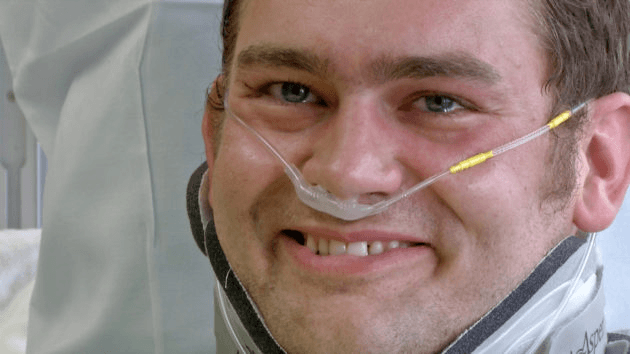
Health care providers may use this to (deliver) give a person medicine or fluids directly into the bloodstream
What is an IV
An intravenous line (IV) is a soft, flexible tube placed inside a vein, usually in the hand or arm. Health care providers use this to give a person medicine or fluids.
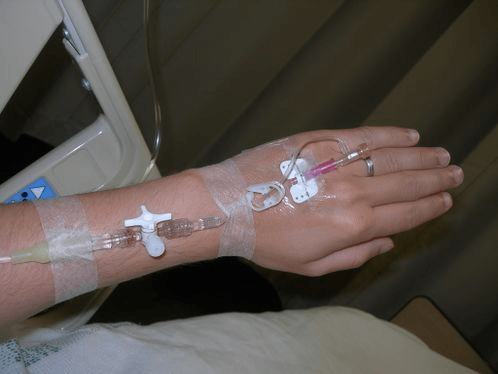
This piece of equipment is to be placed below the level of the bladder and never above more than a few minutes.
What is a urinary catheter bag.
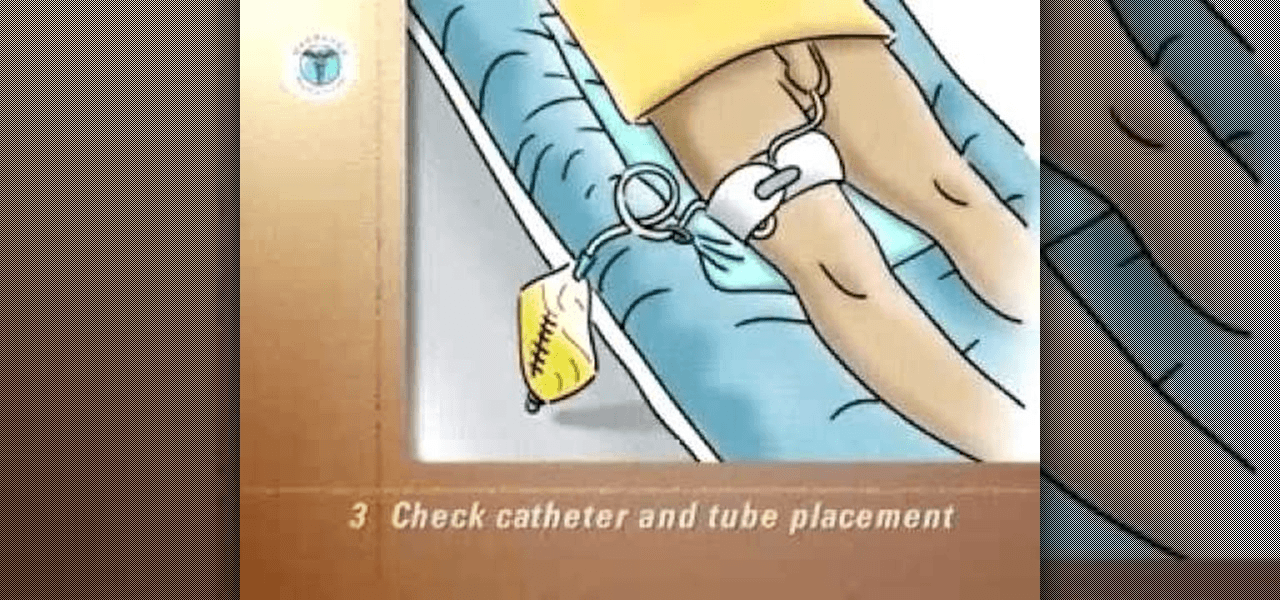
Call for assistance
Move Objects out of the way
DO NOT RESTRAIN THE PATIENT
WHEN CONVULSIONS SUBSIDE, TURN THE PT’S HEAD TO THE SIDE
IN CASE HE/SHE VOMITS
What are the precautions and procedures to take when a patient is having a seizure
* remember it is a huge misconception that it is ok to place soft or any objects in the patient's mouth
Fear of failure, Fatigue, and Frustration over slow progress
What are factors that may be contributing to the behavior of the patient who seems unmotivated?
The Difficult Patient
often used for transfers when there is LE paralysis, significant weakness or inability to bear weight (NWB). The reasoning for use is not focused on the therapist's own strength
What is a sliding board
a method of feeding that bypasses the gastrointestinal tract
What is TPN
Total parenteral nutrition (TPN) is a method of feeding that bypasses the gastrointestinal tract. A special formula given through a vein provides most of the nutrients the body needs. The method is used when someone can't or shouldn't receive feedings or fluids by mouth.
After donning a gait belt, this is usually observed with a patient and therapist to demonstrate proper positioning during functional ambulation.
The therapist is positioned slightly behind and to one side of the patient
A patient donning a mask when leaving the room
the procedure a patient with DROPLET PRECAUTIONS must take before leaving their private room.
Reminder: All patients may leave the room with a mask placed on properly on
When might an OTA hear or observe this with a patient :
a lack of concern about the disabling condition
unrealistic expectations for skilled treatment
see little relevance in working toward restorative and compensatory activities " I do not want therapy"
A response from a client who is experiencing denial with regard to an acquired disability:
this method of feeding bypasses the gastrointestinal tract
Total parenteral nutrition (TPN) is a method of feeding that bypasses the gastrointestinal tract.
This gives direct access to the patient's stomach for supplemental feeding, hydration or medication
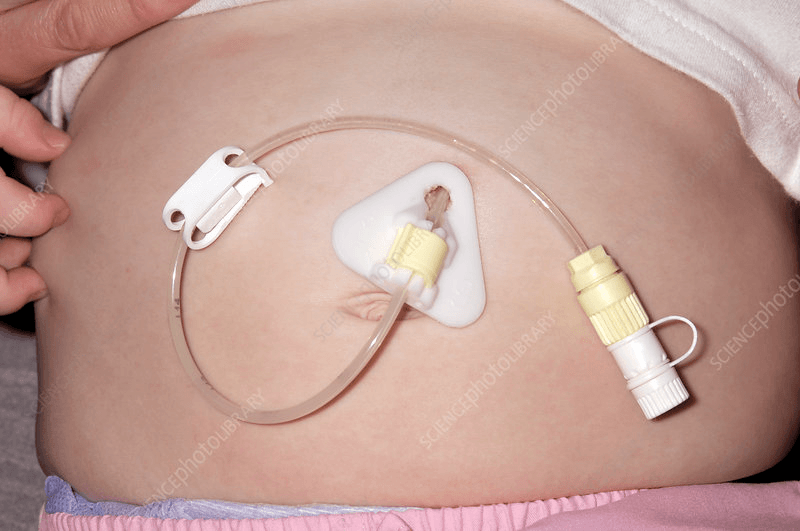 What is a G tube
What is a G tube
Prolonged Hip flexion during positioning should be avoided with this population specifically because it may lead to contractures
What is AKA - Above the Knee Amputation
The single most effective barrier to the infection cycle
what is HANDWASHING
what do these percentages represent for levels of assistance
25%
50%
75%
100%
FIM LEVELS
Min A
Mod A
Max A
Total dependence (TD)
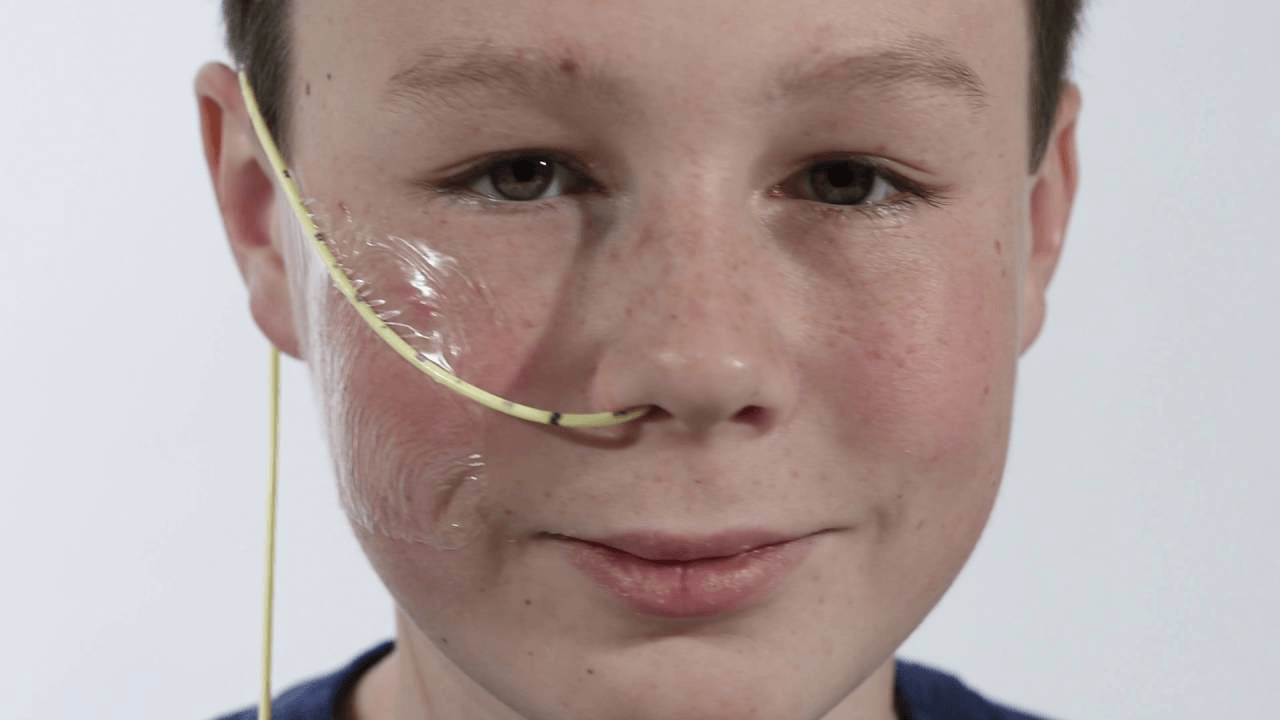
What is an NG Tube
( inserted into the nose down through the stomach or intestine)
what is this device?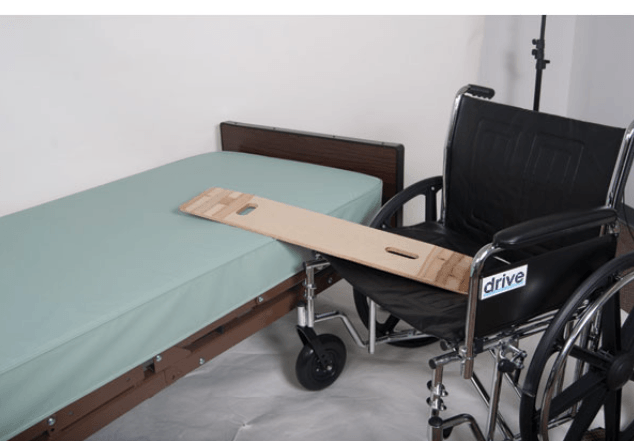
Sliding Board
used when the patient has non weight bearing orders, A slide board should never be used only because the therapist is not strong
Spinal Precautions include
Avoidance of Bending, Lifting, and Twisting (BLT)
Considering Pedretti chapter 13 what are the minimal expectations for someone to live alone
What are IADL's
meal prep
medication management
emergency responses
machine that may be required by patients who undergo operations or have diseases due to which the original oxygen supply is reduced, or they cannot breathe on their own
what is a respirator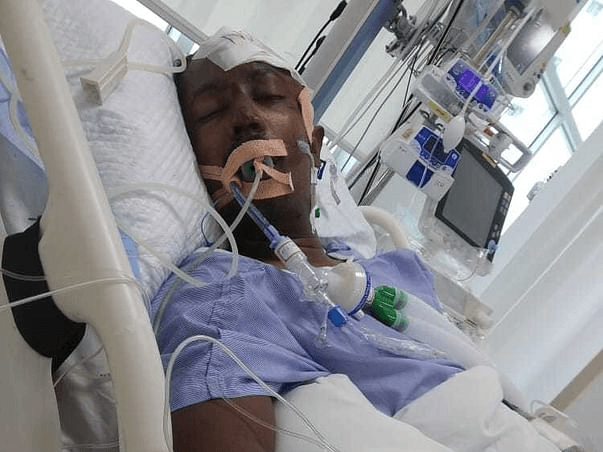
what should an OTA consider when positioning for a wheelchair 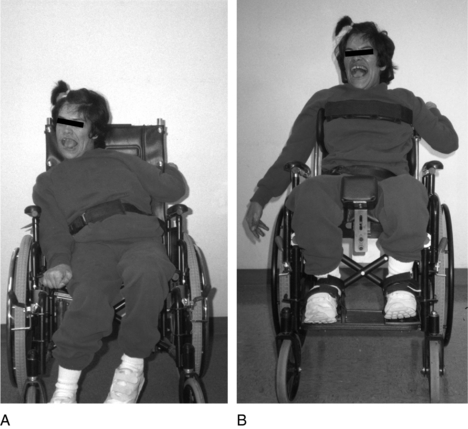
The most important measurements you need to take are seat width, back height, seat depth and seat-to-floor height. By providing a wheelchair with the proper dimensions in these four areas, you will avoid some of the most common and dangerous positioning concerns.